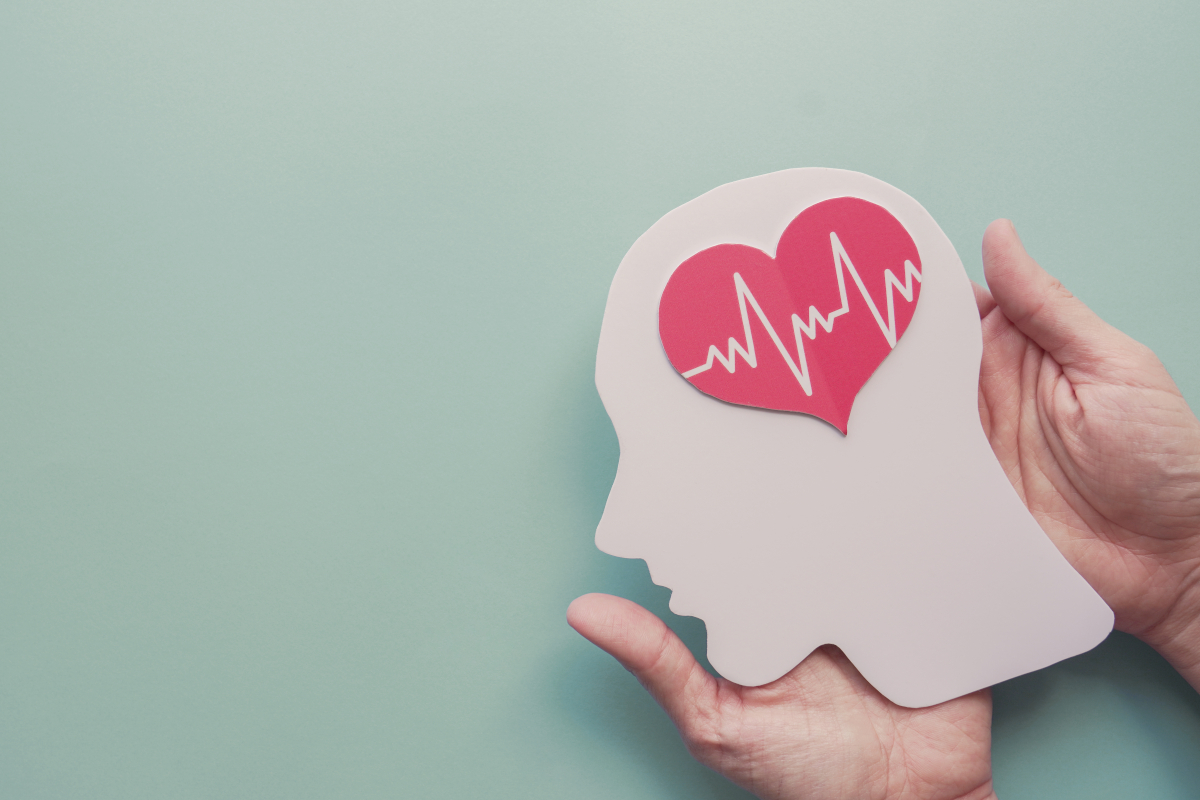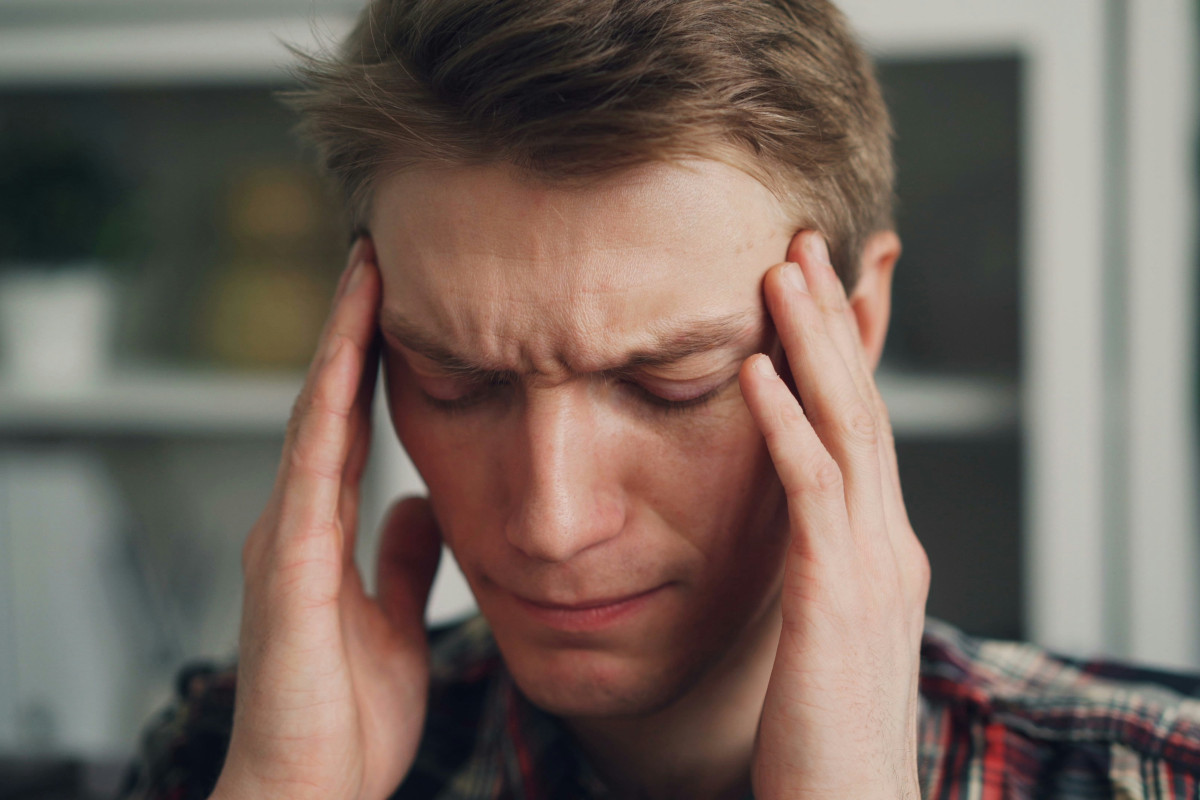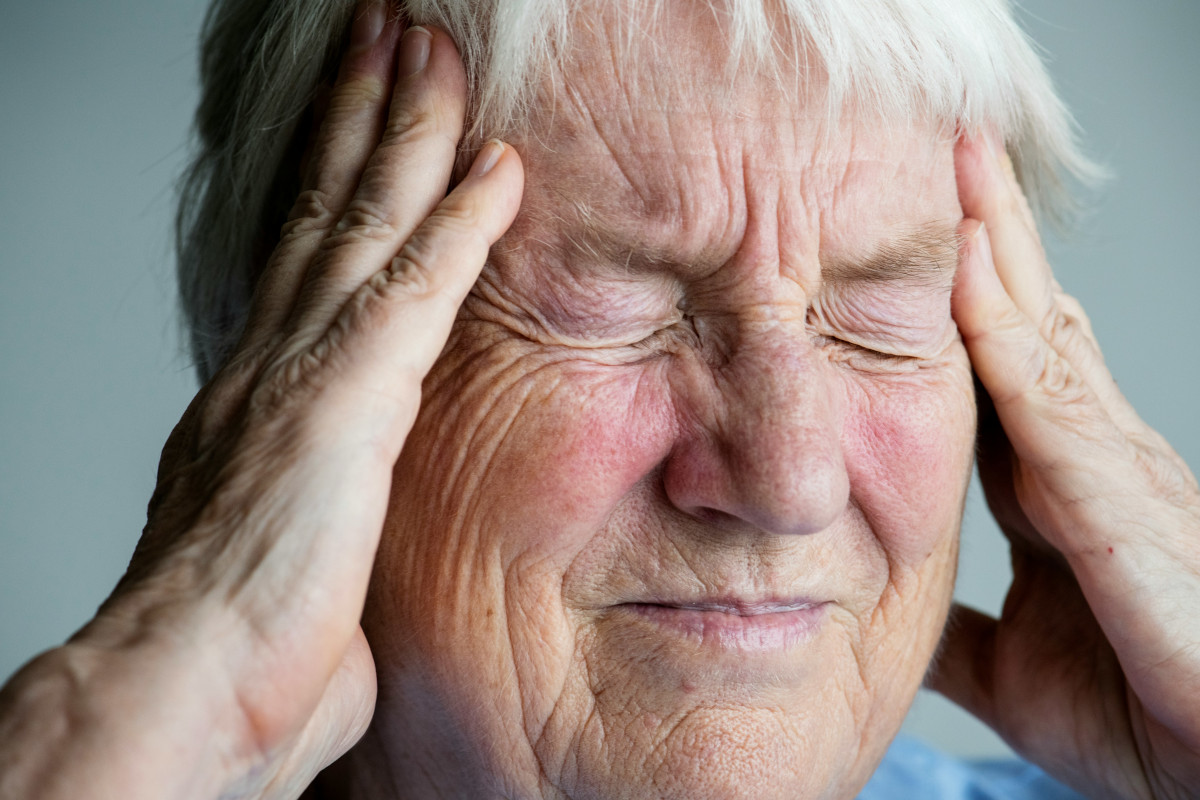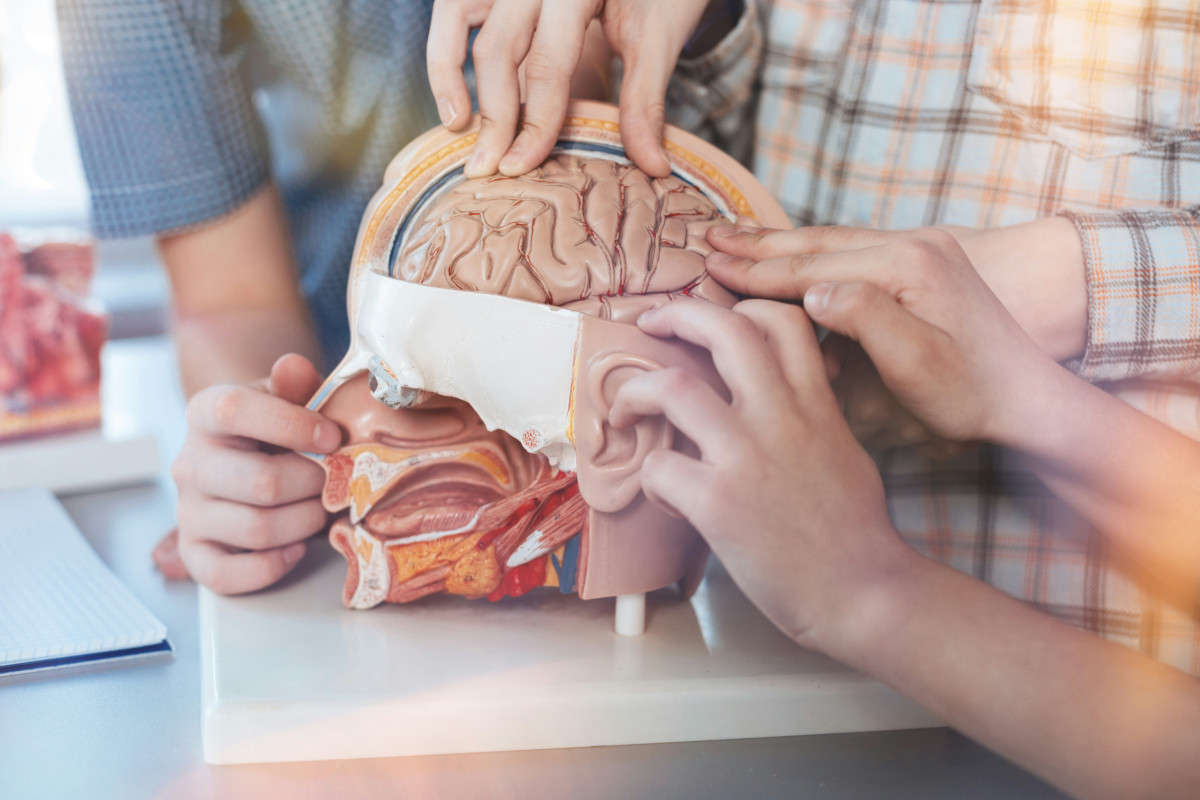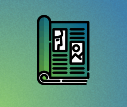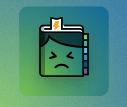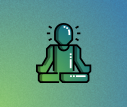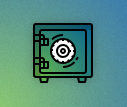Headache and migraine: worse for shift workers
Most people are naturally inclined to follow a cycle in which things happen in a regular sequence over a 24-hour period. This cycle is governed by our circadian rhythm. Circadian comes from the Latin circa, meaning "around", and dies, meaning "day”. This internal “body clock” governs numerous processes in our body, such as brain activity, blood pressure, hormone production and body temperature. Your sleep-wake cycle is part of that finely tuned system.
Doing shift work can disrupt your natural cycle, and this may affect your physical and mental well-being. A lot of research has been done in this area, mainly in nurses and other health workers. Shift work is very common in healthcare and job strain is exceptionally high. That was the case even before the pandemic.
The science confirms the risks
Shift work poses fundamental health risks. This was demonstrated in a large-scale Danish study in more than 5000 medical and non-medical hospital workers. Migraine due to shift work was more frequent in female participants. Their male colleagues struggled more with other types of headache, including tension-type headache.
Many studies indicate that headaches and migraines associated with shift work rarely occur on their own and are likely part of a bigger clinical picture called “shift work disorder”.
The theory is that shift work causes a set of connected symptoms including mood swings, problems falling asleep and staying asleep, depression, anxiety, and an increased risk of a migraine or other headache attack. One symptom may cause or worsen other symptoms.
The fact that the symptoms are interconnected makes headache prevention more important than ever. That’s because reducing the number and duration of headache attacks would likely improve all the other health problems in shift work disorder.
Norwegian researchers investigated the connections in nurses doing shift work. Accumulation and perpetuation (so-called chronification) of tension headache as well as an increased occurrence of migraine attacks was observed in the study participants. These effects are not caused directly by shift work but part of a larger medical condition called shift work disorder, it is believed. If that is true, the headache issues are one specific manifestation of that disorder.
Disruption of your natural rhythm makes you more vulnerable to illness
Early findings in the research around the health effects of shift work suggested that there are different "sleep types." Sleep types may differ in their susceptibility to the health problems associated with shift work. These include cardiovascular disease, stroke, diabetes, eating disorders and some cancers. The theory is that upsetting your natural rhythm may disrupt certain regulatory circuits in the body, resulting sooner or later in these health problems. In addition, evidence is piling up that shift work places a significant burden on the immune system. This new research is also helping to identify the underlying processes and explain the ways a mismatch between your sleep-wake cycle and your work schedule affects vital body functions.
Prevention offsets the bad effects
A lot is known today about the relationship between shift work and headaches. The bottom line is that shift workers have higher rates of headache disorders than the general population. In addition, female shift workers are more likely than males to develop chronic headaches. With the high workload and emotional strain that comes with the job, nurses in particular have much higher rates of tension headache and migraine attacks. The latter may be part of a complex syndrome that can result in other health conditions in the medium and long term. This underscores the need for preventive action to counteract the effects.
Lifestyle hacks for shift workers
The big issue: Sleep
Irregular sleep patterns may be the biggest problem for shift workers. Try to keep your sleep-wake cycle as stable as possible, at least when switching from early to late shifts and vice versa. Night shifts are trickier, but there are a few things you can try.
Very bright lighting in the first half of the night (daylight lamps) can help by postponing the onset of fatigue. Also try to integrate short naps of about half an hour during your night shifts, if at all possible. Avoid caffeine during the second half of a night shift or late shift and dim the lighting as much as possible. Bright sunlight on the way home in the morning is counterproductive too. That’s because when darkness fades, your body's natural sleepy-making hormone (melatonin) switches off. Your body wakes up and you won’t be able to sleep. Experts recommend wearing sunglasses if you are going home in broad daylight. Once you get in, darken your room as much as possible to help you fall asleep quickly.
Eating
Having regular meals is important even if you work rotating or split shifts. A hot main meal of lean meat or fish and carbohydrate-rich sides of potatoes, rice or vegetables is recommended. Cold meals might consist of a colorful salad and/or a wholegrain sandwich with plenty of healthy fillings. Staying hydrated is crucial. Aim for a fluid intake of 2-3 liters a day.
Plan to have two meals during your night shift. Your body temperature drops at night. The fall in temperature is a signal telling your body that it’s time to sleep. As well as providing energy, a hot meal helps counteract the drop in body temperature. It also helps you concentrate and stay awake. If hot food is not an option, have some hot tea with your cold meal. Take your second nighttime meal about two hours before your shift ends. This will help you stay focused and productive. Suitable choices would include vegetable soup, unsweetened fruit puree, milk and dairy products, fruit and light salads. When you get home from your night shift, have a small, not too heavy breakfast before bed.
But beware: a heavy breakfast and caffeinated beverages can make it hard to fall asleep and stay asleep.
Breaks
If you work shifts, try to get in a few short breaks – even if that’s hard to manage, for example if you work in a busy hospital. Ideally, you should use your breaks to get a breath of fresh air. Being outdoors improves the blood flow to your brain, which improves your concentration. Another great tip is Jacobson's progressive muscle relaxation, a medically proven and easy-to-learn relaxation technique. Paying attention to what it feels like to engage and then release your muscles drains away all the tension from your body and makes comparatively short breaks so much more effective. You can access the technique in the Prevent-headache.org app or here on the website.
Tip: Keeping track is fundamental
Keeping detailed records of your activity in a headache diary is particularly important for shift workers. Inconsistent schedules make it harder to recognize patterns and identify your personal triggers. Detailed notes can help with that. The Prevent-headache.org app is the ideal tool for fast and easy tracking.
-
References
Appel AM, Török E, Jensen MA, et al. The longitudinal association between shift work and headache: results from the Danish PRISME cohort [published online ahead of print, 2020 Jan 11]. Int Arch Occup Environ Health. 2020;10.1007/s00420-019-01512-6. doi:10.1007/s00420-019-01512-6
Bjorvatn B, Pallesen S, Moen BE, Waage S, Kristoffersen ES. Migraine, tension-type headache and medication-overuse headache in a large population of shift working nurses: a cross-sectional study in Norway. BMJ Open. 2018 Nov 18;8(11):e022403. doi: 10.1136/bmjopen-2018-022403.
Castanon-Cervantes O, Wu M, Ehlen JC, et al. Dysregulation of inflammatory responses by chronic circadian disruption. J Immunol. 2010;185(10):5796-5805. doi:10.4049/jimmunol.1001026
Dall'Ora C, Ball J, Recio-Saucedo A, Griffiths P. Characteristics of shift work and their impact on employee performance and wellbeing: A literature review. Int J Nurs Stud. 2016;57:12-27. doi:10.1016/j.ijnurstu.2016.01.007
Hittle BM, Gillespie GL. Identifying shift worker chronotype: implications for health. Ind Health. 2018;56(6):512-523. doi:10.2486/indhealth.2018-0018
Kervezee L, Cuesta M, Cermakian N, Boivin DB. Simulated night shift work induces circadian misalignment of the human peripheral blood mononuclear cell transcriptome. Proc Natl Acad Sci U S A. 2018;115(21):5540-5545. doi:10.1073/pnas.1720719115
Kervezee L, Kosmadopoulos A, Boivin DB. Metabolic and cardiovascular consequences of shift work: The role of circadian disruption and sleep disturbances. Eur J Neurosci. 2020;51(1):396-412. doi:10.1111/ejn.14216
Kourakos, Michael. Mental health and coping strategies among nursing staff in public health services. Progress in Health Sciences. 2017 Dec;7:67-73. doi: 10.5604/01.3001.0010.7852
Lin KC, Huang CC, Wu CC. Association between stress at work and primary headache among nursing staff in Taiwan. Headache. 2007 Apr;47(4):576-84.
Loef B, Nanlohy NM, Jacobi RHJ, et al. Immunological effects of shift work in healthcare workers. Sci Rep. 2019;9(1):18220. Published 2019 Dec 3. doi:10.1038/s41598-019-54816-5
Matheson A, O'Brien L, Reid JA. The impact of shiftwork on health: a literature review. J Clin Nurs. 2014;23(23-24):3309-3320. doi:10.1111/jocn.12524
Nagai M, Morikawa Y, Kitaoka K, et al. Effects of fatigue on immune function in nurses performing shift work. J Occup Health. 2011;53(5):312-319. doi:10.1539/joh.10-0072-oa
Nakata A, Haratani T, Takahashi M, et al. Association of sickness absence with poor sleep and depressive symptoms in shift workers. Chronobiol Int. 2004;21(6):899‐912. doi:10.1081/cbi-200038104
Paganelli R, Petrarca C, Di Gioacchino M. Biological clocks: their relevance to immune-allergic diseases. Clin Mol Allergy. 2018;16:1. Published 2018 Jan 10. doi:10.1186/s12948-018-0080-0
Sandoe CH, Sasikumar S, Lay C, Lawler V. The Impact of Shift Work on Migraine: A Case Series and Narrative Review. Headache. 2019;59(9):1631‐1640. doi:10.1111/head.13622
Viticchi G, Falsetti L, Pettinari P, Provinciali L, Silvestrini M, Bartolini M. Headache in a population of hospital workers. Neurol Sci. 2014 May;35 Suppl 1:157-8. doi: 10.1007/s10072-014-1759-8.


